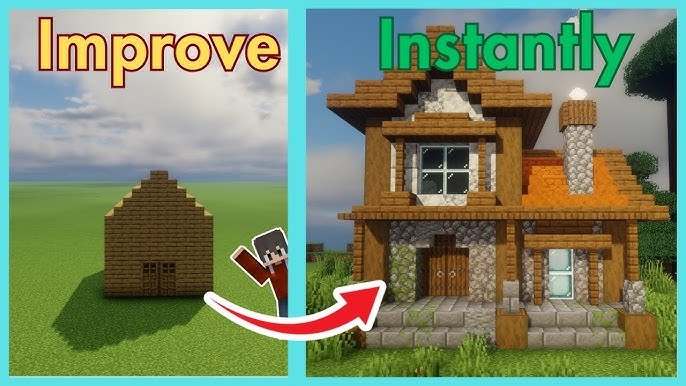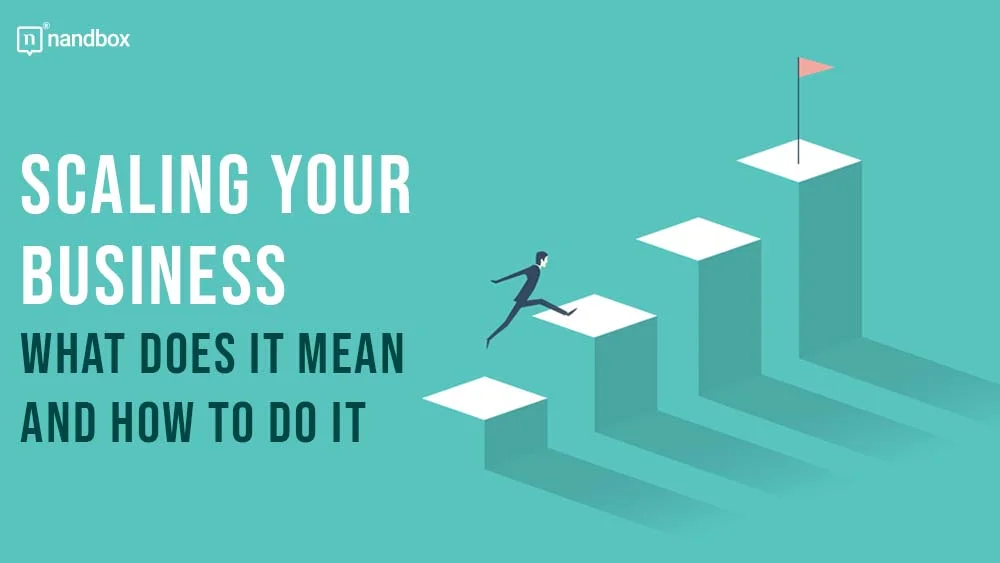Building for texture is a subtle but powerful approach to creating products, experiences, and brands that resonate on a deeper level. Texture, in this context, isn’t just about physical surfaces—it’s about the richness, nuance, and dimensionality of what you offer. It’s the difference between something that feels flat and something that feels alive. When businesses build for texture, they move beyond utility and function to craft experiences that engage the senses, evoke emotion, and invite exploration.
Texture shows up in the details. It’s in the way a product feels in the hand, the tone of a brand’s voice, the pacing of a user interface, or the rhythm of a customer journey. These elements might seem minor in isolation, but together they create a layered experience that feels intentional and immersive. Think about the difference between a generic coffee shop and one where the lighting is warm, the music is curated, and the menu is handwritten. The coffee might be the same, but the textured environment makes the experience memorable. It invites people to linger, to connect, and to return.
In digital design, texture can be conveyed through microinteractions, typography, and motion. A button that gently animates when clicked, a font that feels human, or a transition that mimics natural movement—all of these add texture. They make the interface feel less like a tool and more like a companion. Texture in digital products isn’t about decoration; it’s about creating a sense of presence. It helps users feel grounded, guided, and cared for.
Texture also plays a critical role in storytelling. Brands that build for texture don’t just tell stories—they layer them. They use voice, visuals, and pacing to create narratives that feel lived-in. Patagonia, for example, doesn’t just talk about sustainability. It shows it through rugged imagery, authentic testimonials, and a tone that reflects deep respect for nature. The texture of its storytelling reinforces its values and builds trust. It’s not just what the brand says—it’s how it says it.
When businesses build for texture, they also create space for emotion. Texture invites people to feel something. It can evoke nostalgia, curiosity, comfort, or excitement. These emotional responses deepen engagement and foster loyalty. A textured experience feels personal, even if it’s delivered at scale. It acknowledges the complexity of human perception and meets people where they are.
Texture is especially important in a world saturated with sameness. Many products and services offer similar features, prices, and promises. What sets them apart is often the texture—the way they make people feel. A well-textured brand doesn’t just compete on functionality; it competes on experience. It becomes more than a solution—it becomes a preference.
Building for texture requires a shift in mindset. It asks teams to slow down, to notice, and to care about the small things. It’s not about adding complexity for its own sake, but about enriching the experience in meaningful ways. This often involves cross-disciplinary collaboration—designers, writers, engineers, and strategists working together to create harmony. Texture emerges when these elements are aligned and intentional.
There’s also a strategic dimension to texture. It can signal quality, attention to detail, and cultural relevance. Texture shows that a business is thoughtful, that it understands its audience, and that it’s willing to go beyond the minimum. This can be a powerful differentiator, especially in premium markets. People are willing to pay more for experiences that feel textured because they perceive them as more valuable.
Texture isn’t static—it evolves. As businesses grow and markets shift, the texture of an experience may need to adapt. What felt rich and engaging a year ago might feel stale today. Building for texture means staying attuned to these shifts and continuously refining the experience. It’s a dynamic process, one that requires listening, iterating, and staying close to the user.
Ultimately, building for texture is about honoring the human experience. It’s about recognizing that people don’t just interact with products—they live with them. They notice the tone of an email, the feel of packaging, the cadence of a conversation. These moments matter. They shape perception, influence behavior, and build relationships. When businesses build for texture, they create more than transactions—they create connection. And in a world that often feels rushed and impersonal, that kind of connection is not just valuable—it’s vital.





